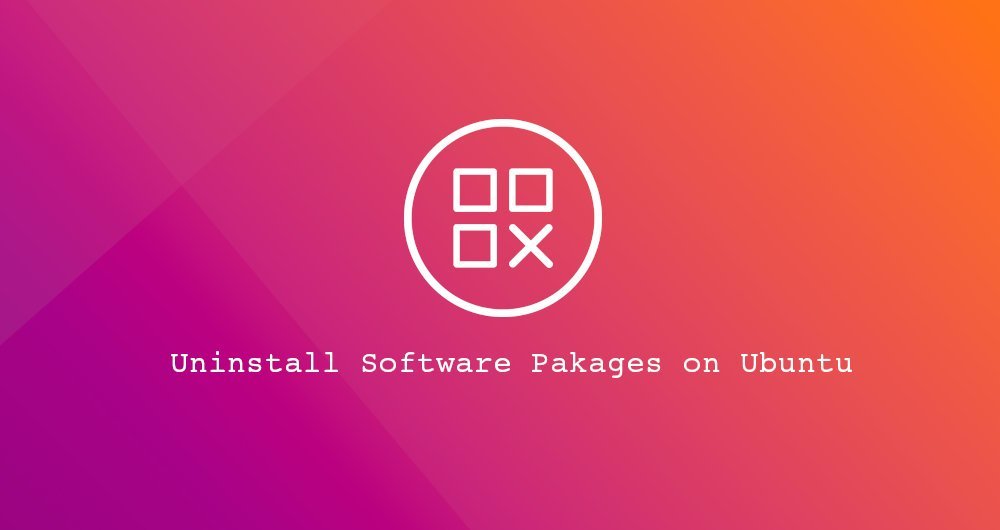How to uninstall software on Ubuntu

Sometimes, you install an application software on your Ubuntu, and then try to use it, you feel that this software is not suitable for you. In this case, you may want to uninstall the software.
In this article, we will show you how to use the graphical interface "Ubuntu Software Center" to uninstall software, and use the command line apt or apt-get to uninstall software.
In Ubuntu, only root or users with sudo privileges can uninstall packages.
1. Use the Ubuntu Software Center to uninstall the software##
If you don't like to use the command line, then you can uninstall the software through the Ubuntu Software Center (USC). This graphical tool provides functions for querying, installing, and uninstalling application software.
-
On the activity screen, search for "Ubuntu Software" and click the orange USC icon. Zhejiang will open the USC tool.
-
To get a list of all installed application software, click the "Installed" tab on the top navigation bar.
-
Scroll down until you find the software you want to uninstall, and click the "Remove" button.

The Ubuntu software tools only show the installed application software with a graphical user interface (GUI). If you cannot find the software you want to uninstall, then you should remove this package from the command line.
Second, uninstall the package from the command line##
Everything you can do with GUI tools, you can do it on the command line. In fact, the command line gives you more options and control when uninstalling a package.
You can use Ctrl+Alt+T to open your terminal, or click the terminal icon.
Before uninstalling the software, you first find the name of the package to be prepared. To get a list of all installed packages on the system, enter:
sudo apt list --installed
This command will print a long list of packages mailed to you for installation. Use the less tool to make this list easier to read. Or you can use grep to filter the results.
On Ubuntu, Debian and related Linux distributions, you can use the apt and apt-get command line tools to install, update, uninstall and manage software packages. Their syntax is the same.
To remove an installed package, run the following command:
sudo apt remove package_name
Replace package_name with the name of the package you want to remove.
sudo apt-get remove package_name
You can also uninstall multiple packages. The package name should be separated by a space before:
sudo apt remove package1 package2
The remove command uninstalls the specified software package, but leaves some package files. If you want to uninstall a package, including its files, replace remove with purge:
sudo apt purge package_name
Third, uninstall the Snap package##
When you run sudo apt list --installed, if the application you want to uninstall is not listed, it may be installed as a snap package.
To list all snap packages, run the following command:
snap list
Once you know the exact package name, you can uninstall it by typing the following command:
sudo snap remove package_name
Fourth, uninstall packages that are no longer used##
When you install a new package that depends on other packages, the dependent packages will also be installed. When this new report was uninstalled, the dependent software packages remain on the system. The remaining software packages are no longer used and can be removed.
You can run the following command to remove package names that are no longer needed:
sudo apt autoremove
Five, summary##
We have shown you how to remove application software using the Ubuntu Software Center and the command line. Knowing how to remove software packages is a fundamental part of Linux system management.
On Ubuntu, there are many reasons why you want to remove previously installed packages. For example, you may need to uninstall an application that you no longer need, or want to free up disk space.
Recommended Posts